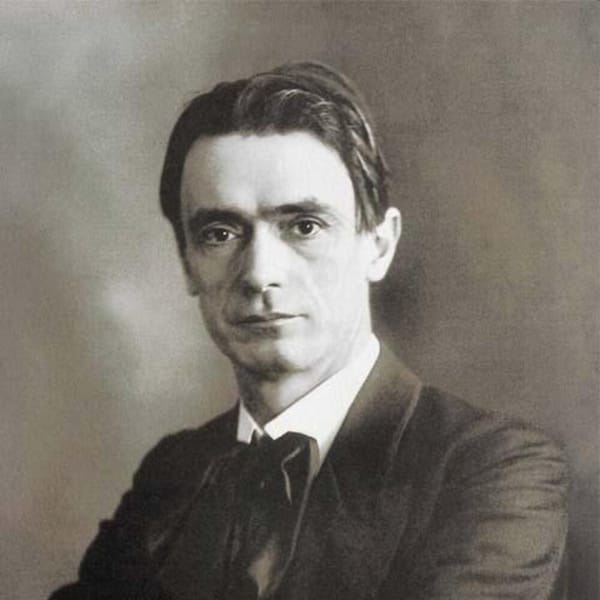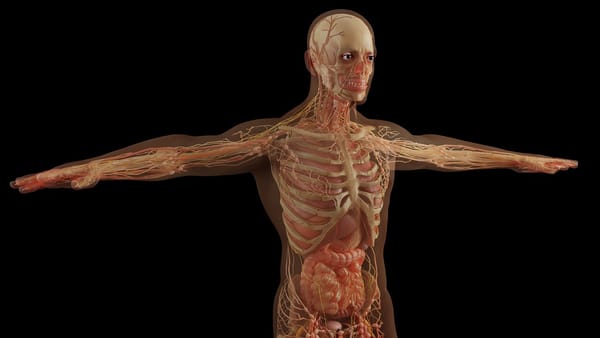Steiner vs Other Streams
Steiner’s work, by contrast, represents an actual continuation of the living stream of consciousness itself — and with it, of civilization’s true unfolding.

Steiner’s work, by contrast, represents an actual continuation of the living stream of consciousness itself — and with it, of civilization’s true unfolding.


There is a fundamental difference between Steiner’s approach and that of the representatives of the Theosophical Society and similar streams.
By and large, these other paths still bear traces of earlier, mediumistic tendencies — modes of perception that belong to a past epoch of human consciousness. Because they do not rest upon a fully awakened entry of the I AM into the spiritual world, certain intervals of non-consciousness remain within them, as if small “holes” were left open in the field of awareness.
This is also why such currents often show strong Eastern or American influences: they are not direct continuations of the organic evolution of human consciousness, but rather side-currents or echoes of it.
Steiner’s work, by contrast, represents an actual continuation of the living stream of consciousness itself — and with it, of civilization’s true unfolding. For that reason, many spiritual movements today place themselves outside this stream, sometimes even in opposition to it, though unintentionally. Yet the genuine progress of humanity is carried by the evolution of consciousness and by entry into the higher worlds in full wakefulness.
Steiner’s lectures were always given out of the living reality of the Time-Spirit (Zeitgeist) — a fact that becomes most apparent in the German language, where the nuances of his thought can still be most precisely heard.





